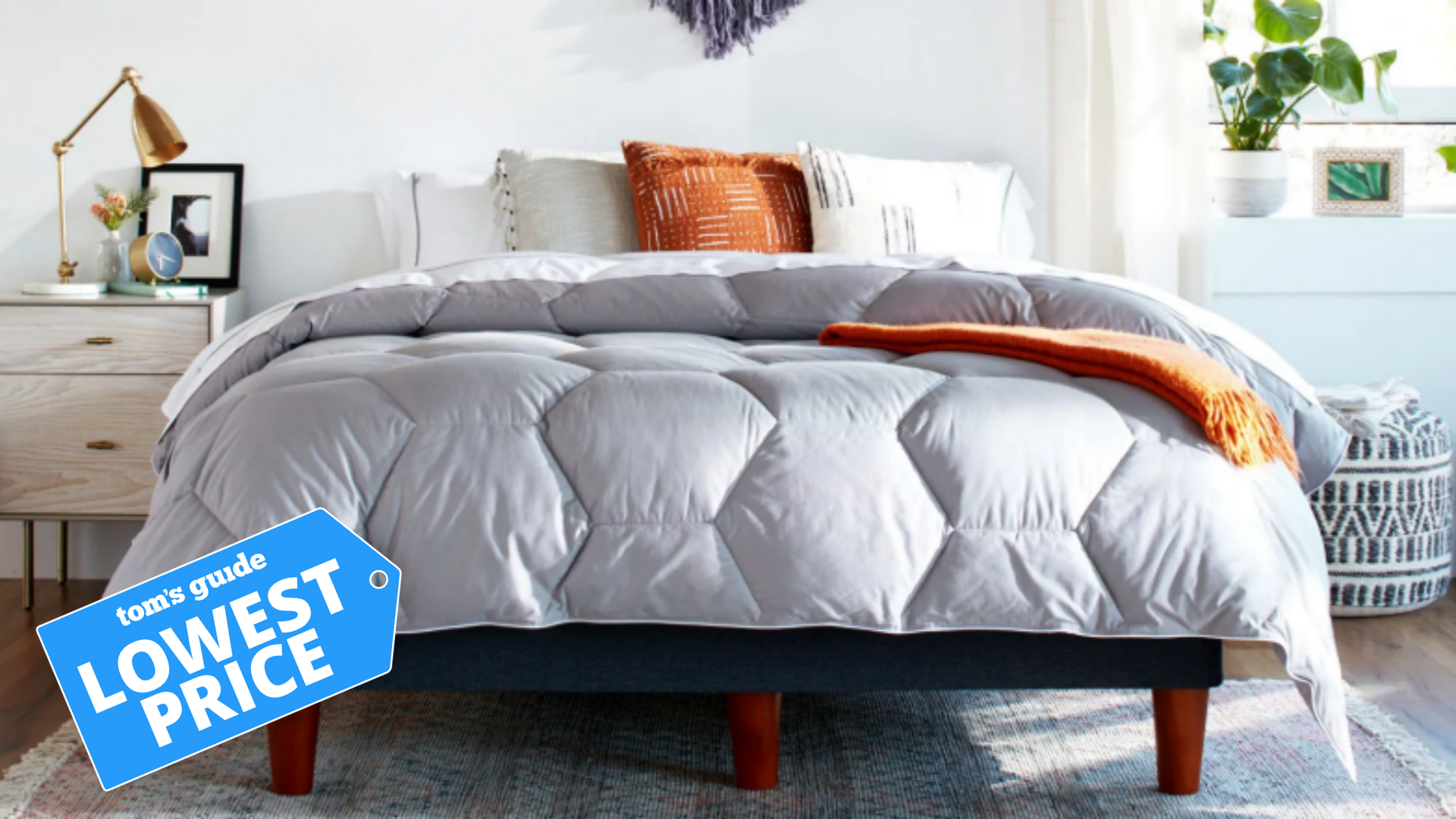I just saw TCL’s AR glasses of the future — and they’re arriving sooner than you might think

We may actually be at the point where real, practical AR glasses become a reality for people — offering AR experience without needing to wear a bulky headset for hours at a time. I recently got to try two pairs of these glasses at MWC 2024, and while imperfect, they did prove that the augmented reality future could be closer than we think.
TCL has two pairs of AR glasses on the way. The RayNeo X2 it the more powerful pair, aimed at developers and power users, while the RayNeo X2 Lite is smaller and more consumer friendly. The great thing about them is that they don’t seem to be falling into the same pitfalls as previous attempts at AR glasses.
RayNeoX2: Price and availability

The RayNeo X2 is set to launch on Indiegogo later this week, though the actual release date is still unclear. The MSRP is set at $899, but early bird deals drop the price down to $649 and $699 for a limited number of pre-orders. The RayNeo X2 Lite is scheduled to launch in Q3 2024, but pricing is still to be confirmed.
RayNeo X2: What they can do

The important thing to note is that these are standalone AR glasses with their own battery and processing power. The RayNeo X2 is powered by Qualcomm’s flagship mixed reality Snapdragon XR2 chipset, while the X2 Lite runs on the Snapdragon AR1 Gen 1.
The glasses aren't designed as a second screen for your phone, and while it’s possible to connect the two, the relationship is limited to sharing an internet connection and cell service. That way, you can use the glasses to make phone calls without ever taking out your phone.
I was told that the RayNeo X2 is essentially the first generation model, designed for early adopters and developers with Pro and spatial computing-oriented features. Meanwhile the RayNeo X2 Lite is slightly more refined, but is built to be a little more consumer-friendly and offers more basic features as a result.
Both pairs of glasses can be controlled using a touchpad on the right-hand frame, or alternatively with a small ring with its own miniature version of the touchpad. Essentially, you can tap and swipe on the ring to control the glasses a lot more discreetly and easily than you would if you have to keep touching the frame all the time.
Get instant access to breaking news, the hottest reviews, great deals and helpful tips.
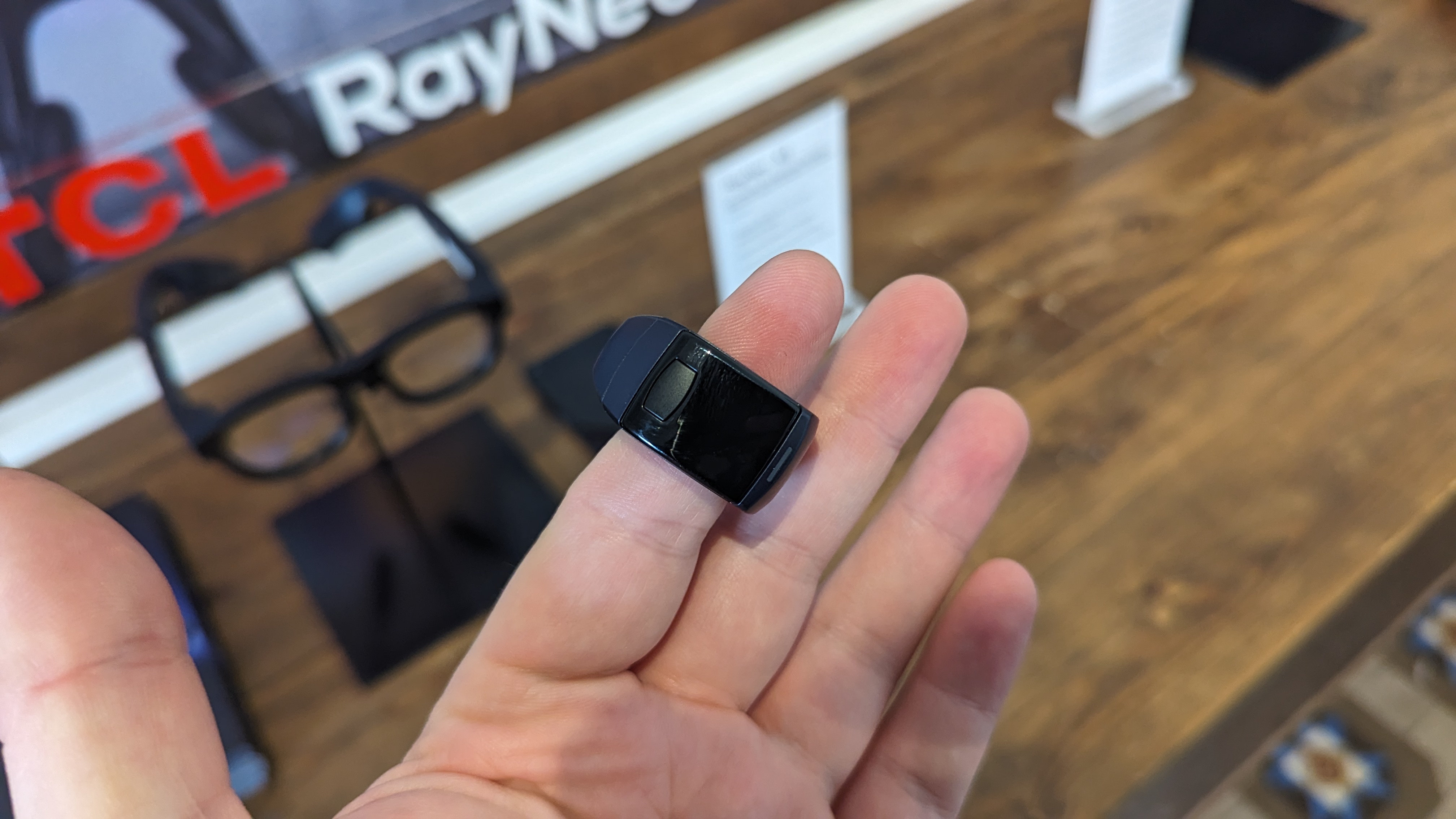
The standout feature is the on-board AI assistant, which you can communicate with using your voice. Since it’s powered by ChatGPT 3.5, you can converse a little more naturally than you can with a basic version of Alexa or Google Assistant. GPT 4 also powers the AI’s object recognition, and by using the built-in cameras and microphones it can actually see through the glasses as easily as you can.
That may have some privacy implications going forward, as will the fact those cameras are capable of filming and taking photos. But that’s something all smart glasses have to contend with pretty early on.
Other features include real-time translation, though this currently isn’t integrated with AI. Instead, translation capabilities operate more like Google Translate and other traditional translation apps. There’s also built-in gaming though the examples I saw were pretty basic, like learning to play the drums.
RayNeo X2: Wearing them
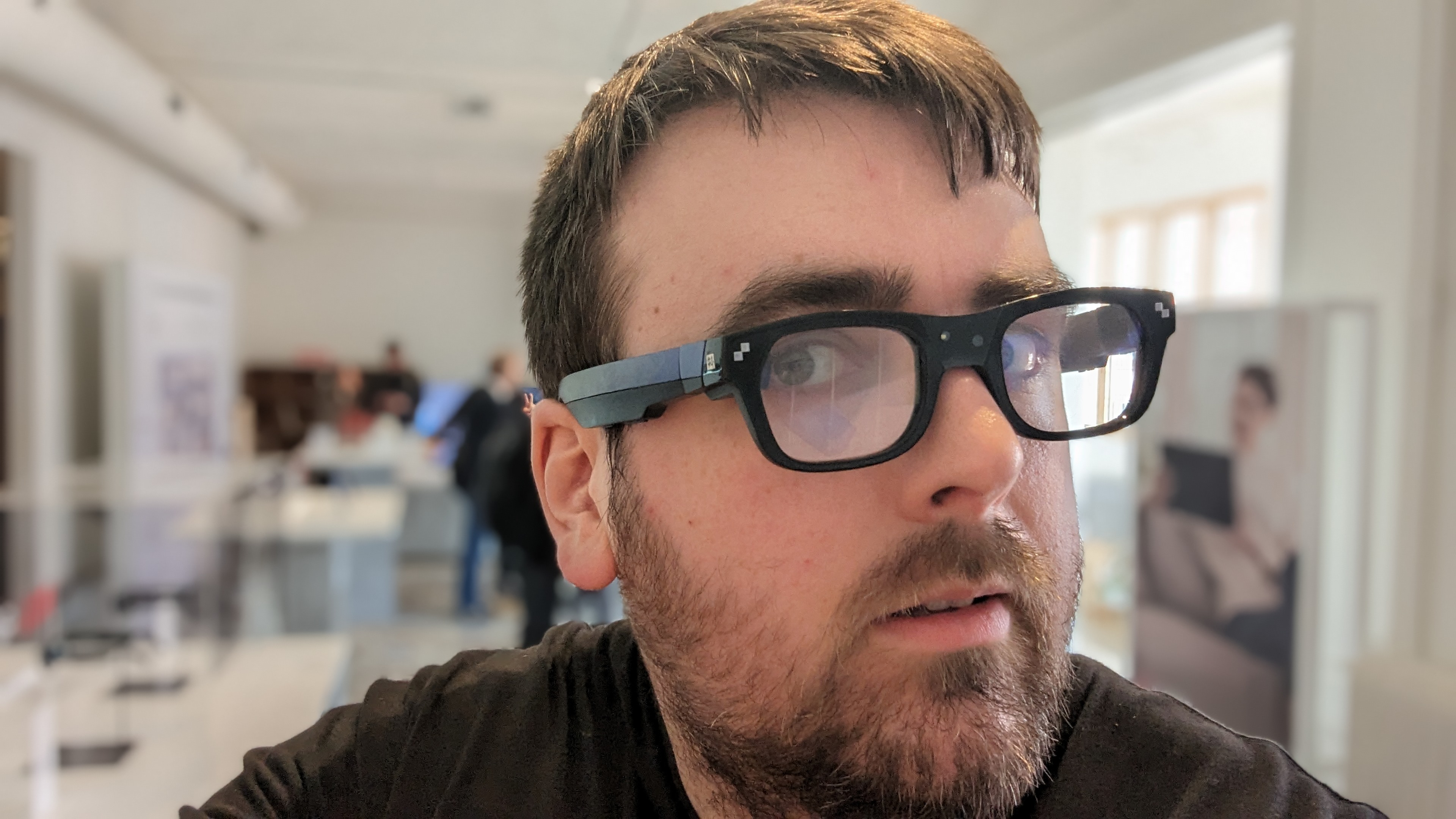
The one big issue I had with the demo units at MWC was that none of the glasses had been set up to fit my face properly. Combined with the limited viewing angle of the content projected into the lenses, it meant that I had to position the glasses about a third of the way down my nose — right where the bone ends. I’m not a glasses-user, but that’s significantly lower than I tend to wear my sunglasses.
It's not ideal, though I was told that the nose pads could be adjusted to make it more comfortable for the wearer. The RayNeoX2 also had some pretty chunky eartips too, which squashed the top of my ears back. Thankfully the slimmed down RayNeo X2 Lite didn’t have the same problem, even with my dumbo-sized ears. However even the Lite's smaller form factor is still larger bigger than a regular pair of glasses — though not by much.
Crucially, both pairs of glasses feel significantly more comfortable to wear than a VR or AR headset. I haven’t used any of the recent offerings, like the Apple Vision Pro or Meta Quest 3, but I know those types of full-sized headsets are let down by their size and weight.
The spectacle design of the RayNeo X2 models don’t have any of those same issues. The larger X2 model weighs just 120 grams (4.23 ounces) while the X2 Lite is half that at 60 grams (2.1 ounces).
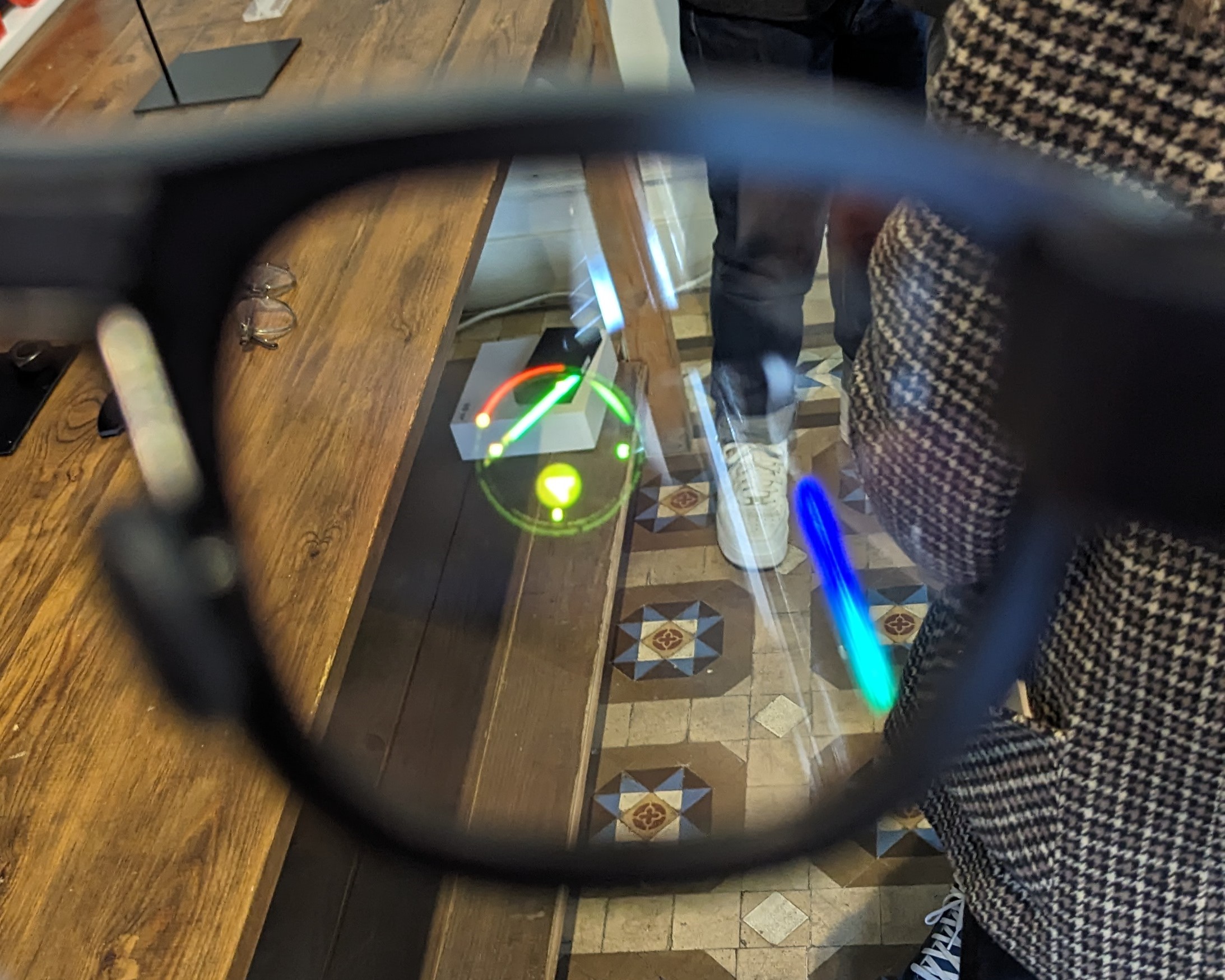
TCL claims that the RayNeo X2 is the first set of AR glasses with a microLED screen capable of projecting images to both eyes in full color. I found the images came across as a little pixelated at times but they were full color and I could still make out the world around me. It was darker, like looking through a pair of sunglasses, but the images were definitely sticking the digital content between you and the real world.
Though I did find that the images were rather large, and in certain citations that’s going to be distracting. So this certainly isn’t the kind of device you should be using when you’re driving, for instance.
Other features I checked out included conversing with the X2’s on-board AI assistant. There’s a little bit of lag as the text appears on screen, but it did seem to understand what I was asking for. Similarly the navigation interface could prove to be incredibly useful since you don’t have to keep referring to your phone or watch.
RayNeoX2: Outlook
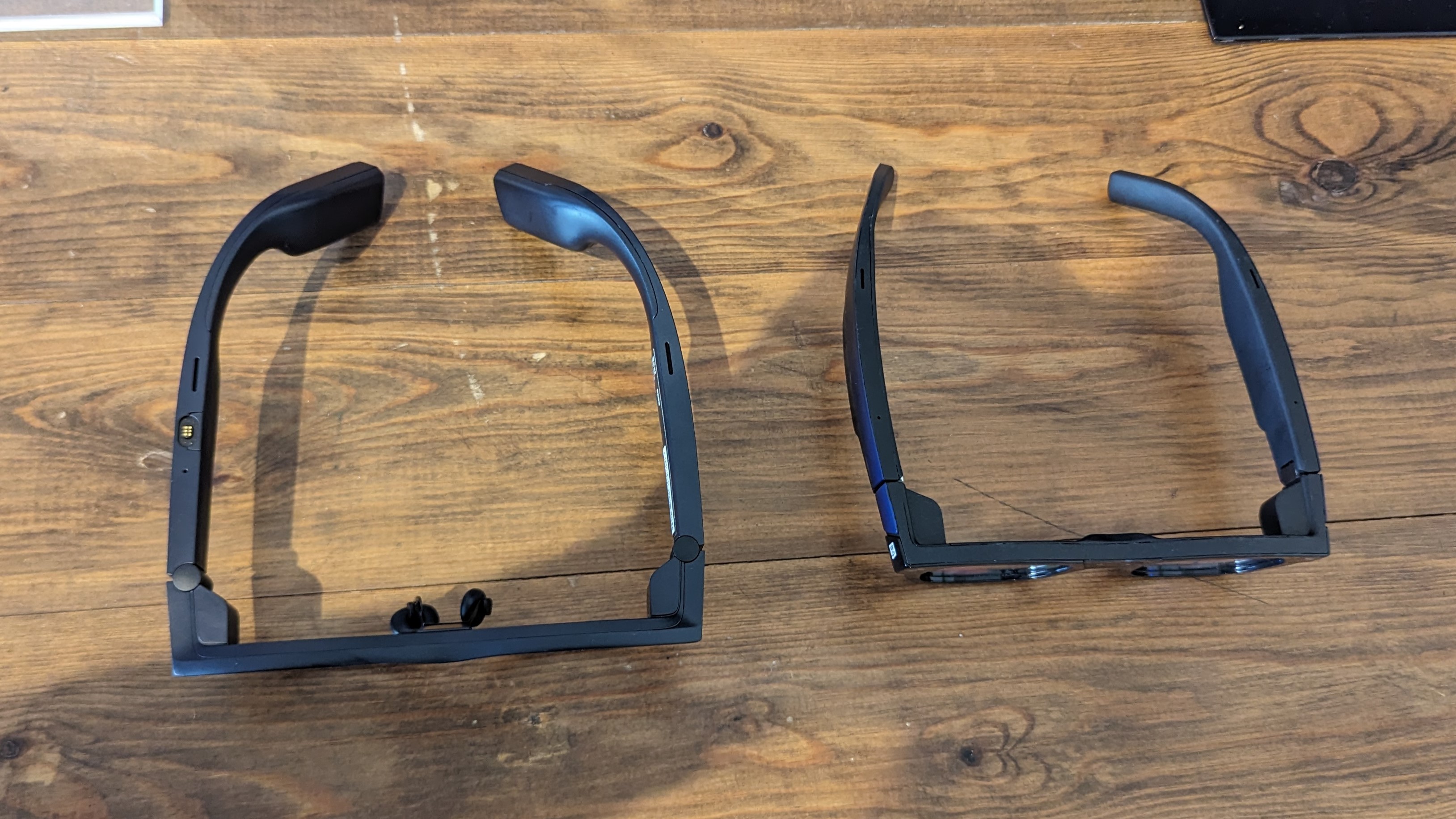
The most important thing to remember here is that this isn’t a powerful spatial computer like the Apple Vision Pro. It’s capable of some spatial features, but what I saw certainly didn’t conjur up the same productivity powerhouse image Apple has been trying to cultivate with the Apple Vision Pro. Then again, that’s not really the point.
The fact that this is a pair of AR glasses that can stand alone, without having to rely on a paired device is impressive in itself. Sure the RayNeo X2 does feel pretty bulky compared to a normal pair of glasses — even those enormous frames that were popular in the ‘80s for some reason. But it is incredibly streamlined compared to other standalone XR devices we’ve seen so far, and that’s impressive. Especially with the dual-color displays.
More from Tom's Guide
- Some Apple Vision Pro units are developing glass cracks in the same spot
- Samsung Galaxy Ring will be shown at MWC this week — what you need to know
- Forget Vision Pro — Apple working on AirPods with cameras and smart glasses

Tom is the Tom's Guide's UK Phones Editor, tackling the latest smartphone news and vocally expressing his opinions about upcoming features or changes. It's long way from his days as editor of Gizmodo UK, when pretty much everything was on the table. He’s usually found trying to squeeze another giant Lego set onto the shelf, draining very large cups of coffee, or complaining about how terrible his Smart TV is.
